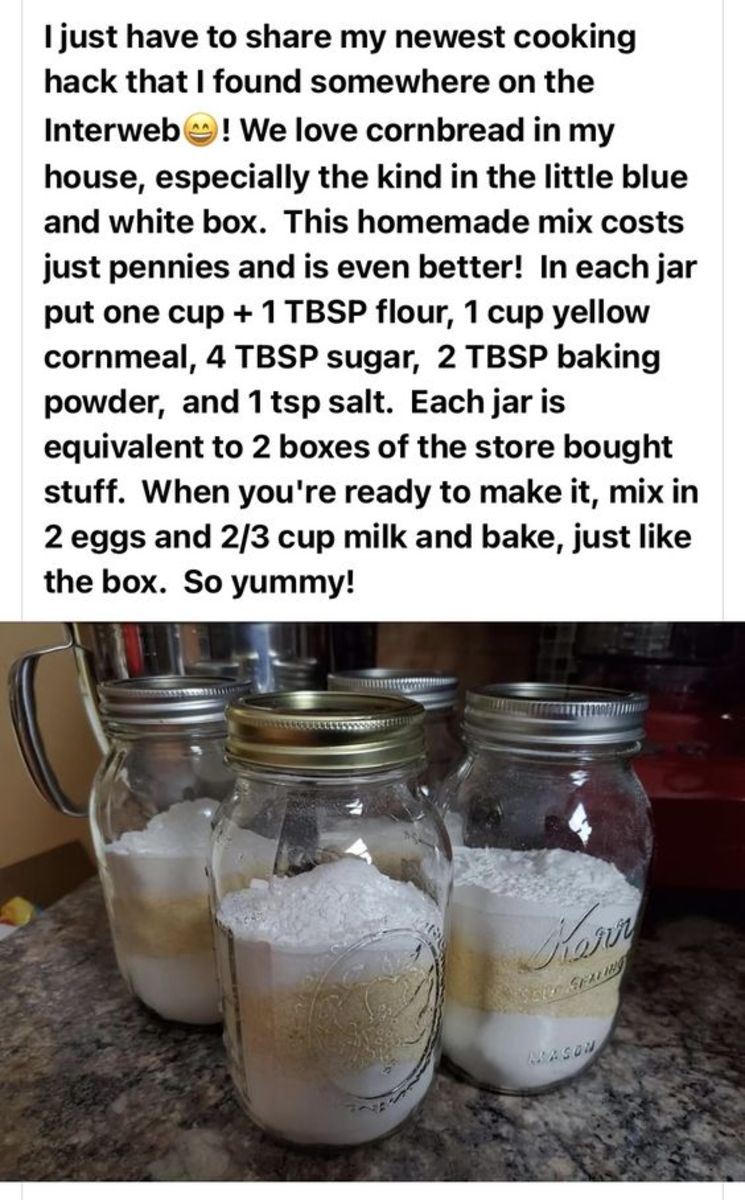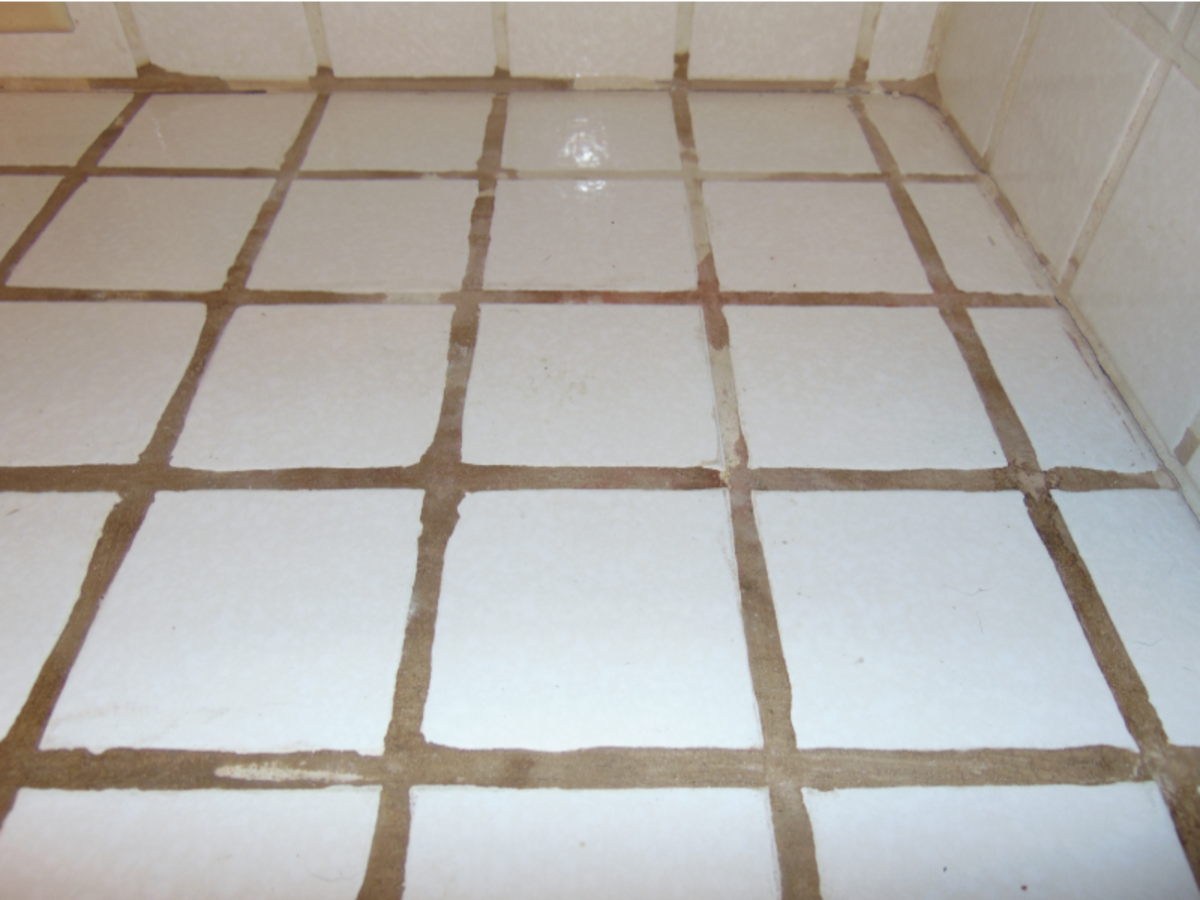Pressure Cooker: How it works, and its benefits outlined
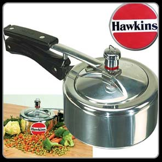
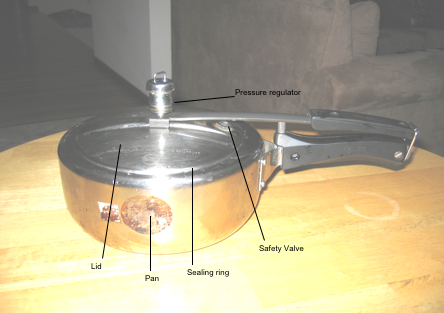
What is a Pressure Cooker?
The Pressure cooker is a sealed utensil used for cooking that does not allow air or liquid to escape below a preset pressure. A pressure cooker is called a steam digest-er, since the food is cooked with the help of boiling water.
There are many brands of pressure cookers. Some pressure cookers are electric and some used on gas/stove. Hawkins pressure cooker is made of stainless steel and used on gas/stove. Stainless steel pressure cookers are heavy with three-ply bottom for uniform heating, since stainless steel has lower thermal conductivity. This pressure cooker has a capacity of 0.8 gallons of liquid. Hawkins pressure cookers are dishwasher safe and they are easy to clean after cooking.
What are the advantages of using a pressure cooker?
The pressure cooker presents several advantages. Food cooks much faster except the microwave, so dishes can be ready sooner. Some claim that the pressure cooker is easy to cook with in comparison to other modern gadgets it is certainly versatile. Large quantities of food are cooked in the cooker pan, reducing the number of utensils required. Due to its tight lid, it can be used on moving vehicles, and to store cooked food for short times.
A pressure cooker is more hygienic than open cooking in a pot or utensil. The kitchen is clean because, compared to traditional open boiling almost no steam and oils escape to the atmosphere to end up deposits on the walls. In addition, the food cooked above the boiling point of water, killing more germs.
Finally, the pressure cooker allows cooking at high altitudes, where the low atmospheric pressure otherwise reduces the boiling point of water and hence reduces water's effectiveness for cooking or preparing hot beverages.
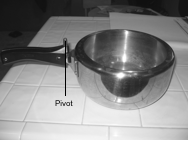
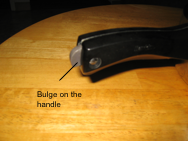
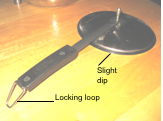
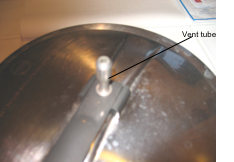


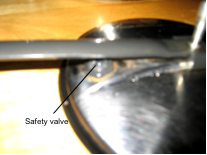
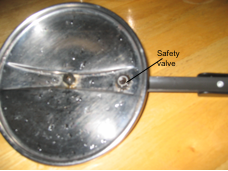

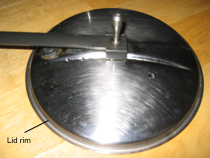
The main parts of a pressure cooker described below:
Pan
The pan has a 0.8-gallon capacity and weighs ~2 pounds. It is stainless steel pan. The pan has a sturdy 5” heat proof handle which helps in lifting the pan. The pan has a pivot on the handle that helps in placing the lid of the cooker when needed. The end of the handle has a hawk like bulge that helps in lid locking once placed on it. The pan serves as an independent utensil for cooking.
Lid
This is a stainless steel lid that weighs ~500gms. The lid interlocks in the pan to prevent opening it when internal pressure exceeds atmospheric pressure. The lid has a dip along its circumference for the sealing ring to fit in. The lid has an 11” heatproof handle. At the end of the handle, there is a locking loop. When the lid is placed on the pan, the loop locks in tightly with the handle of the pan thus, making it secure.
Regulator
This is a pressure regulator that sits on the vent of the lid. The vent tube on the lid has to be clean of any food particles for the whistle to move up order to release the pressure that the pan generates. Particle clears off the vent tube by blowing air through it. Pictured below is the other end of the regulator. The other end of the pressure regulator has a slight indent that goes into the vent tube. The regulator weighs ~100gms. It has a very lightweight since it has to move up to release the steam from the cooker.
Safety Valve
This is a safety valve. The rod of the lid shields the valve. This valve holds the pressure of the steam thus allowing the food to be cooked. If the safety valve is broken, the cooker does not generate any pressure thus preventing the steam to form.
Sealing Ring
This is a sealing ring that is made of rubber, makes the vessel airtight, and prevents leaks. A rubber ring fits on the rim of the lid. The rubber ring expands and releases excess pressure downwards between lid and the pan.



Steps to set up the cooker for use:
Place some raw food along with some amount of water in the pressure cooker. The sealing ring is put around the circular lid and the vent tube on the lid is checked for any clogs.
Step1: The lid is twisted a little and put in the pan.
Step 2: The lid is then rested in the pan and pulled up. The sealing ring around the lid rim helps in sealing it.
Step 3: The lid is rested on the pivot and locked by the locking loop. Place the pressure regulator over the vent tube.
The utensil is placed on a gas/stove. The pressure regulator is put on the vent tube. If the lid is not properly closed, the pressure will not build up.
How does the Pressure Cooker work?
The pressure cooker is set up with the raw food and water is poured into it. It is placed on the gas/stove. When the water reaches the boiling point, it starts to boil and steam is generated. This steam cannot escape the vessel since it has an airtight seal between the pan and the lid due to a sealing ring. The steam helps in cooking the raw food. When the pressure has built up, the steam can escape through a regulator on the lid. The regulator lifts up giving out a whistle that is actually a release of steam generated in the pan. This process can continue until the food is completely cooked. The lid comes off the pan only when all the pressure in the vessel is released. The lid will not come off the pan if there is pressure in the vessel. This is due to the rubber ring around the lid which sticks to the pan until there is pressure in the pan. This is the safety feature of the cooker.
Voila! Food is ready which is healthy and nutritious since it has been cooked by steam. The cooked food could be sauteed in your favorite oil to give some extra kick in flavor.
Word of Caution
Steam can cause some serious burns. Thus, wait until all the steam is released from the regulator until you open the lid.


